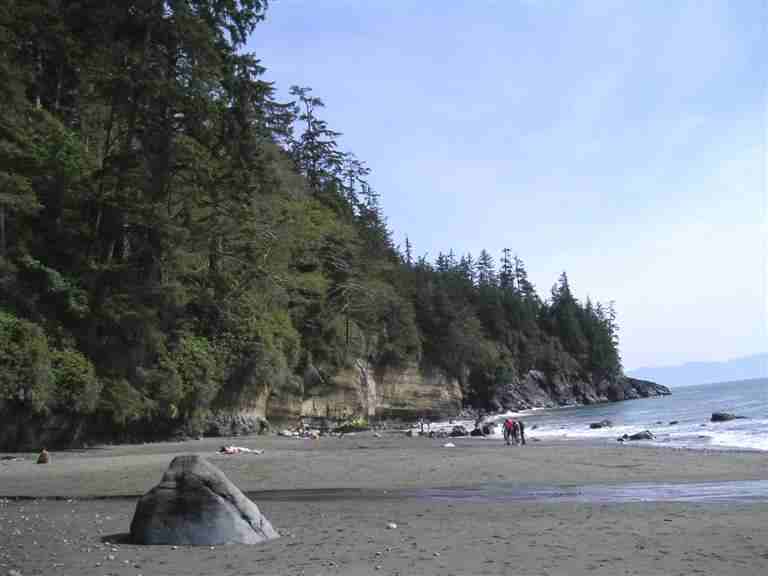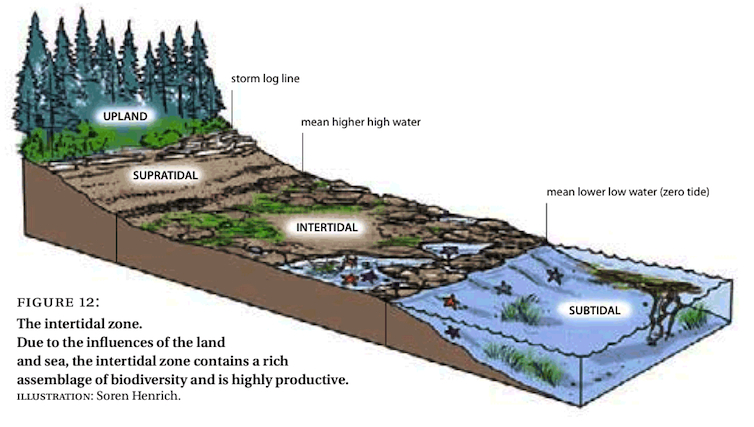
The Origins of Common Property Resources on public lands in the USA

public domain | navigation | pubic trust | tidelands | Charles Ellet | George P. Marsh | Synergistic | Agencies
Army Corps of Engineers [ ACE ] & The United States Fish and Wildlife Service [ USFWS ]:
Partners or antagonists?
The answer involves the differences among the public trust, public domain, and navigable waterways.
public domain | navigation | pubic trust | tidelands | Charles Ellet | George P. Marsh | Synergistic
Jurisdiction over the public domain [blue on the map below] originally was entrusted to and administered in the Treasury Department and the US land office that was transferred to the Interior Depart in 1849 after the Mexican War brought an area almost equal to the Louisiana purchase (1803) into the USA — eventually (1945) the BLM or Bureau of Land Management, Bureau of Reclamation (1901), Bureau of Mines and US Fish and Wildlife Service all have divergent jurisdictions over the current parts of the public domain in the states west of the Appalachian mountains (except for Texas).
States whose lands were surveyed under the 1785 public land survey system. Remaining unclaimed land–hence federal land–in these states constitutes the public domain.
public domain | navigation | pubic trust | tidelands | Charles Ellet | George P. Marsh | Synergistic
Jurisdiction over all navigable and interstate flowing water bodies (the Great Lakes or Connecticut River for examples) was granted to the Army Corps of Engineers in 1802 and subsequently acquired jurisdictions from 1879 to 1893 and eventually under the Clean Water Act.
Their power including pollution control in the 1890s extended to the control of land under water bodies (tidelands excluded but only sort of depending on the state agreement upon entering the union) are also the jurisdiction of the ACE and thus it shares with other agencies in protecting the public trust.
The public trust —is a specific doctrine– dealing with water quantity and by implication quality. It rests on case law and administrative law to the extent that early Colonial charters –granted by the Crown–King or Queen and later state constitutions granted to people the rights to hunt and fish in submerged and tidelands.
Tidelands ( where the tide ebbs and floods are held in trust by the states) belong to everyone in order to sustain fishing, fowling, and hunting.

The water over those tidelands — periodic though it may be due to the daily and monthly changes in the level of water due to variable tides–is the jurisdiction of the ACE to keep that area from pollution or obstructions created by adjacent owners. For example an adjacent owner may by building a dam, dike, levee or dock impede the protection of the entire river or estuarine and river system.
public domain | navigation | pubic trust | tidelands | Charles Ellet | George P. Marsh | Synergistic
Because tides act like a pump to move water in opposite directions, the back and forth flow of water is a system. The flow of water through the system must not be diverted (according to the public trust doctrine), or diluted by pollution to make it otherwise not usable by fish to feed, spawn or otherwise nurse their young.
Another approach to the public trust doctrine besides reserving a portion of the river flow sufficient to the productivity of fisheries, is the common sense notion that waters be clean enough to drink and healthy enough for swimming.
The short-hand phrase has become waters that are fishable, swimmable, and drinkable.
Why? Well if you can divert or dilute the water — the effects can kill the fish and wildlife. If you can kill fish and wildlife, the right to hunt or fish in these public trust lands is meaningless, since there are no desirable or safely edible fish or fowl in these damaged regions.
One could assert– of what use is the constitutional guarantee of the right to sustain hunting and fishing in tidelands, public lands, the public domain (west ) specifically, or even on your property adjacent to rivers and estuaries.
public domain | navigation | pubic trust | tidelands | Charles Ellet | George P. Marsh | Synergistic
Watersheds -- areas of varied terrain drained by all the tributaries carving out a basin that flow into a single river, a river system.
The watersheds of the United States are a public good because they sustain the commonwealth in multiple ways, Charles Ellet knew that truth.
The ACE were the authority Charles Ellet was making his report to on the flooding and drainage of the Mississippi River —see Marshes of the Ocean Shore.
The Army Corps of Engineers became rivals of the Bureau of Reclamation (1901) in an attempt to create water projects in the 20th century especially in the arid west.
Salt in the Death Valley where a lake once thrived.
George Perkins Marsh in criticizing the water policies in his Report to the Vermont Legislature  (see Marshes of the Ocean Shore) is actually asserting the (before its time) broad outlines of the public trust doctrine to remedy what he sees is a drastic loss of fish due to the damage of the Connecticut River.
(see Marshes of the Ocean Shore) is actually asserting the (before its time) broad outlines of the public trust doctrine to remedy what he sees is a drastic loss of fish due to the damage of the Connecticut River.
The damages to the river from timber and logging, diverting water and overfishing were also made far worse by a laissez faire approach to allowing every land owner along the river to do as they please.
But in in terms of pollution, clearing land that increased erosion and sediment in the rivers, or draining swamps that pushed more water off the land and into the rivers, and building mills private actions along the river's shore have consequences up and down stream.
Especially with respect to building mills including mill ponds, mill races (diverting water), and mill dams along the main stem of the river, the collective impacts of hundreds of private owners can overall have calamitous consequences concerning excessive flooding and loss of vita habitat buried under sediment and silt from increased erosion.
public domain | navigation | pubic trust | tidelands | Charles Ellet | George P. Marsh | Synergistic
The sum of all each and all of the separate operating parts is surpassed by the functional integrity of the entire unit.
inversely stated:
The total impact of a systemically functioning whole is greater than the mere sum of its contributing parts.
THEREFORE.
The whole is greater than the mere sum of its separable pieces: forests, plains, wetlands, prairies, dales, woodlands, escarpments, or hills.
public domain | navigation | pubic trust | tidelands | Charles Ellet | George P. Marsh | Synergistic
